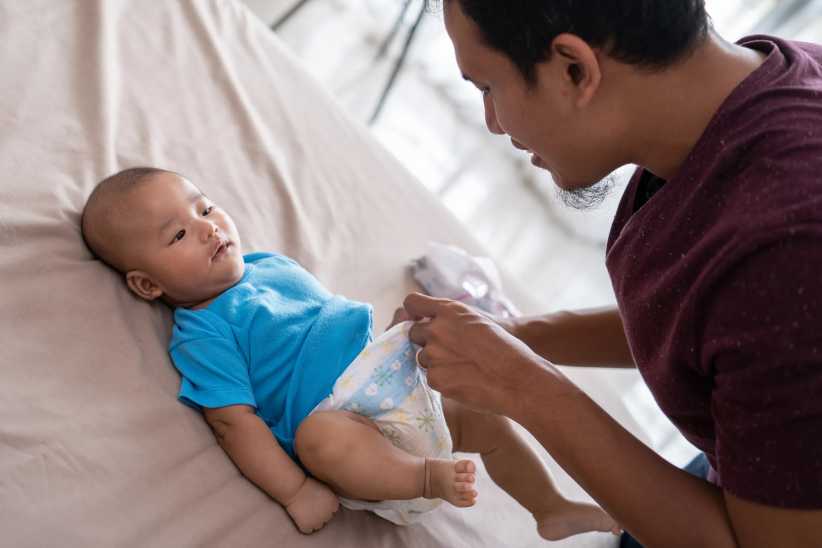My 6-year-old daughter just loves playing in the snow. I don’t want to keep her from childhood joys like sledding and building a snowman, but I am worried about the risk of frostbite. How can I allow her to have fun in the snow, but also make sure that she is safe?
Your daughter is certainly not the only child (or child-at-heart) who loves playing in the snow, and as long as you take the proper precautions, she can have all the wintertime fun she wants. However, you have raised a key concern that deserves attention. Although people think of frostbite as something for Arctic explorers, it can occur right here in Brooklyn.
Frostbite — freezing of the skin and underlying tissues, usually of the hands, feet, nose, ears and cheeks — is an extremely dangerous condition. If deep enough, frostbite can permanently damage nerves in the skin, tissues, muscles, and even bones of the affected area.
Children are particularly susceptible, because they lose heat from their skin more quickly than adults.
Frostbite is caused by prolonged exposure to temperatures below 32-degrees Fahrenheit, and occurs in a series of stages. It is important to pay attention to color changes in the skin, as feelings of discomfort may lessen as the frostbite becomes more severe. The first stage is frostnip, a mild form of frostbite in which skin turns red and first feels very cold, and then prickly or numb. Frostnip alone does not require medical attention, but should you notice the symptoms, change your daughter into dry clothes as soon as possible and be sure to warm the affected area.
The second stage is superficial frostbite, during which redness turns pale yellow or white and may appear hard or waxy. The skin may start to feel slightly warmer, but that is the body compensating for the freezing process. If you notice these symptoms, after changing your child into dry, warm clothes, take her to an emergency room. If her feet and toes exhibit symptoms of frostbite, do not let her walk on the affected area, because this could cause more damage. Do not warm the affected area unless you can keep it warm, as warming and re-exposure to the cold can worsen the damage.
Severe frostbite reaches further into the skin’s layers of tissue, making the skin appear very hard and cold. It can cause complete numbness in the affected area. If it is very severe, the skin will turn black. If you suspect that severe frostbite has occurred, take your child to a warm area and call 911 immediately.
Once at the hospital, physicians will warm the affected area, and may administer pain medication as well as a tetanus vaccine. Frostbite may also require several days of hospital observation, as it usually takes some time for the extent of the damage to become apparent. Blistering may occur after the skin is warmed. Long-term complications of frostbite may include greater susceptibility to cold in the affected area, numbness, and, for children, stunted growth in the affected area if the growth plate of a child’s bone is affected.
The best thing you can do for your daughter is make sure she is prepared for winter play. If she is going to play in snow, it is not enough to dress warmly — she also needs to be wearing waterproof gear. Being wet in the cold increases the likelihood of frostbite. After dressing her in warm layers, make sure she wears an insulated, waterproof coat, gloves, boots, and hat. If her clothing becomes wet, bring her inside and change her into dry clothing. Make sure she is taking breaks from the cold often, with a warm snack or beverage. Playing in temperatures around 32-degrees Fahrenheit is fine while taking these precautions, but if it is unusually cold or there is a bad wind chill, that is not the day to build a snowman.













